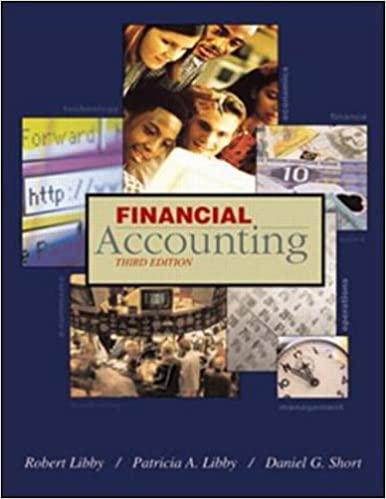Given the expected increase iq the number of customers, determine if there is a constraint for any of the four areas of cipacity. What is the amount of needed capacity for each constraint? (Round intermedipte computation of capocity to the nearest whole number.) If there is a constraint, reduce the demand on the constraint so that the restaurant is at full capacity (assume some customers would have to be turned away). Calculate the expected total throughput margin for the restaurant per day, and month (assuming a 26day month). (Rourid intermedlate computation of capacity to the nearest whole number.) Required information The following information applies to the questions displayod bolowy Toylor's is a popular festaurant that offers customers a large dining room and comfortable bor area. Taylor Henry, the owner and manoger of the restaurant, has scen the number of patrons increage steadily over the last two years and is considoring whether and when she will have to expand its avaliable capacity The restaurant occuples a tirge home, and all the space in the building is now used for dining, the bar, and kitchen, but space is available on the property to expand the restaurant. The restaurant is open from 6p.m. to 10pm. each night (except Monday) and, on average, has 22 customers enter the bar and 48 enter the dining room at the beginning of each of those hours. Taylor has noticed the trends over the last 2 years and expects that within about 4 years, the number of bar customers will increase by 50% and the dining customers will increase by 20%. Taylor is worried that the restaurant will be not be able to handile the increase and has asked you to study its capocity. In your study, you consider four areas of capocity the parking lot (which has 78 spaces), the bar (54 seats), the dining room (98 seats), and the kitchen. The kitichen is weil-staffed and can prepare any meal on the menu in an average of 12 minutes per meal. The kitchen, when fully stuffed, is able to have up to 20 meals in preparation at a time, or 100 meals per hour (60 minute/12 minute 20 meals). To assess the capocity of the restaurant, you obtain the additional information: - Diners typically come to the restaurant by car, wath an average of 3 persons per car, while bar patrons arrive with an average of 1.5 persons per car. - Diners, on average, occupy a table for an hour, while bar customers usually stay for an average of 2 hours - Due to fire regulations, all bar customers must be seated. - The bar customer typically orders one drink per hour at an average of $7 per dirink; the dining room customer orders a meal with an average price of $22; the restaurants cost per drink is $1, and the direct costs for meal preparation are $5. Required: 1-a. Given the current number of customers per hour, what is the amount of excess capacity in the bat, dining room, parking lot, and kitchen? 16. Calculate the expected total throughput margin for the restaurant per doy, and month (assuming a 26 -day month). 2-a. Given the expected increase in the number of customers, determine if there is a constraint for any of the four areas of capacity. What is the amount of needed capacity for each constraint? 2.b. If there is a constraint, reduce the domand on the constraint so that the restaurant is at full capacity (assume some customers would have to be turned away. Calculate the expected total throughput margin for the restaurant per day. and month (assuming a 26 -day month). Answer is not complete. Complete this question by entering your answers in the tabs below. Given the current number of customers per hour, what is the amount of excess capocity in the bar, dining room, parking lot, and kitchen? (Round intermediate computation of capadty to the nearest whole number.) Complete this question by entering your answers in the tabs below. Colculate the expected total throughput margin for the restaurant per day, and month (assuming a 26-day month). (Round intermediate computation of capacity to the nearest Whole number.)










